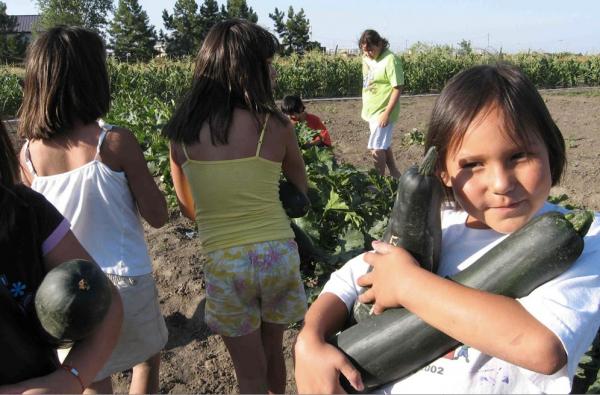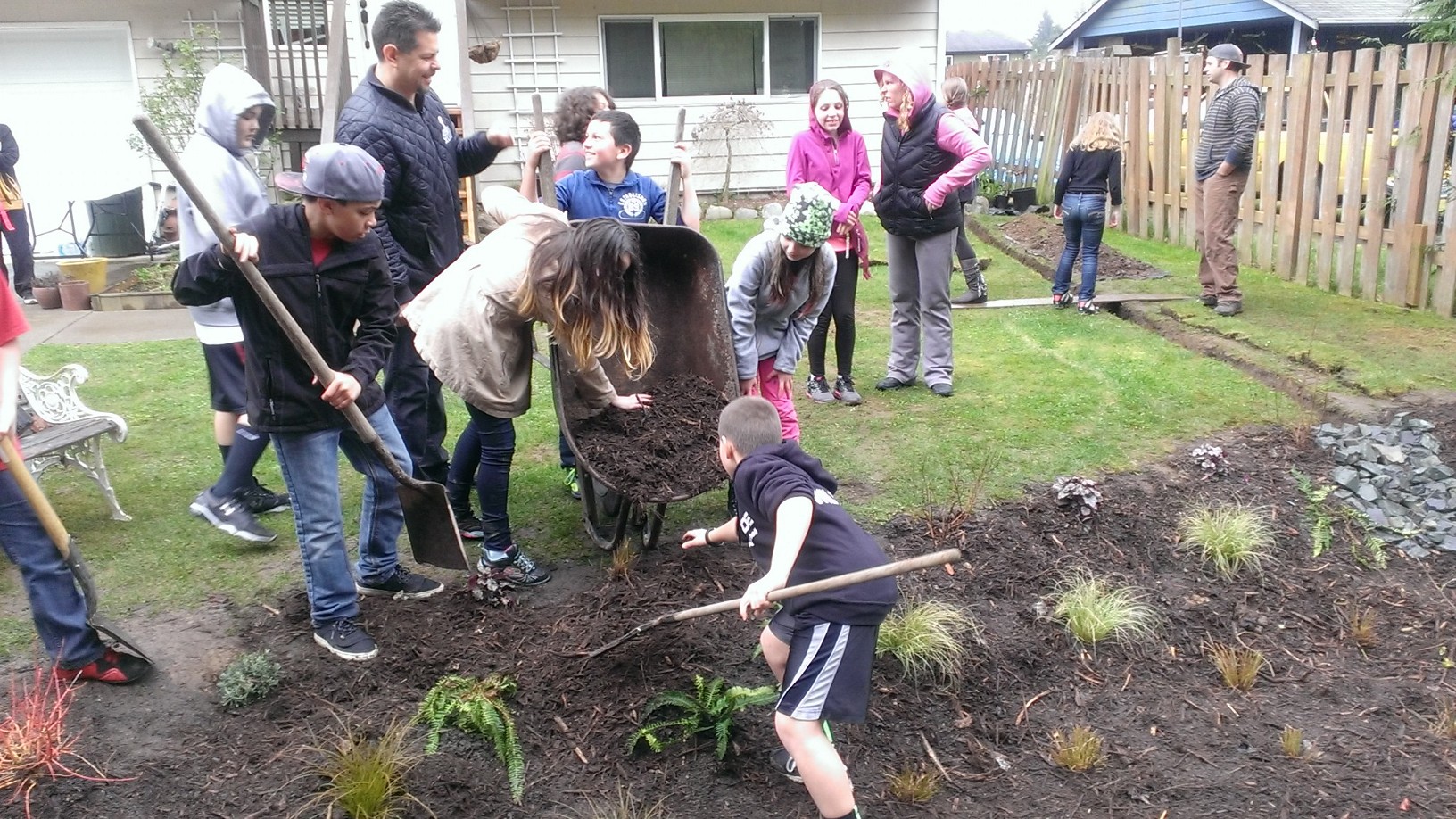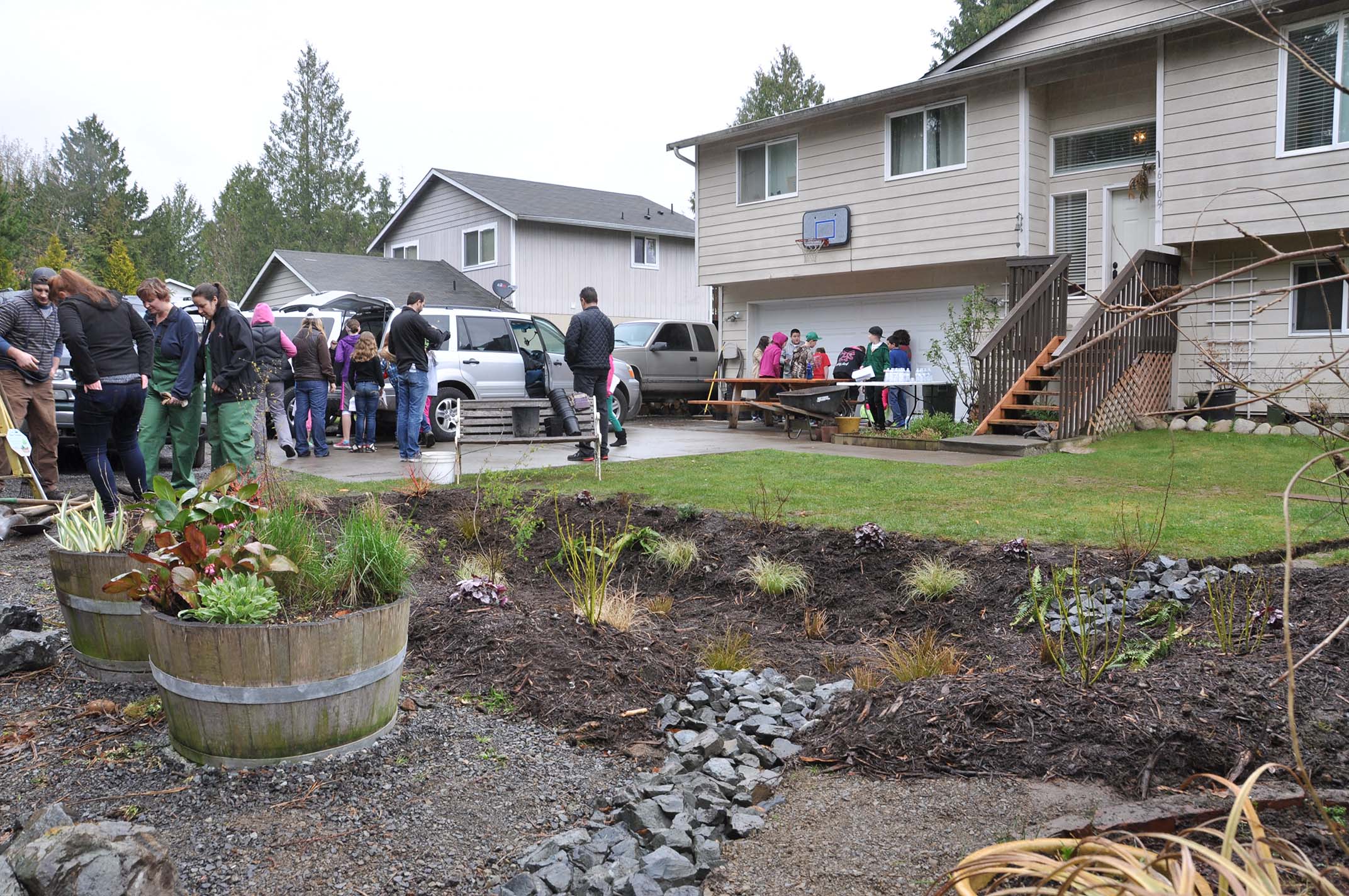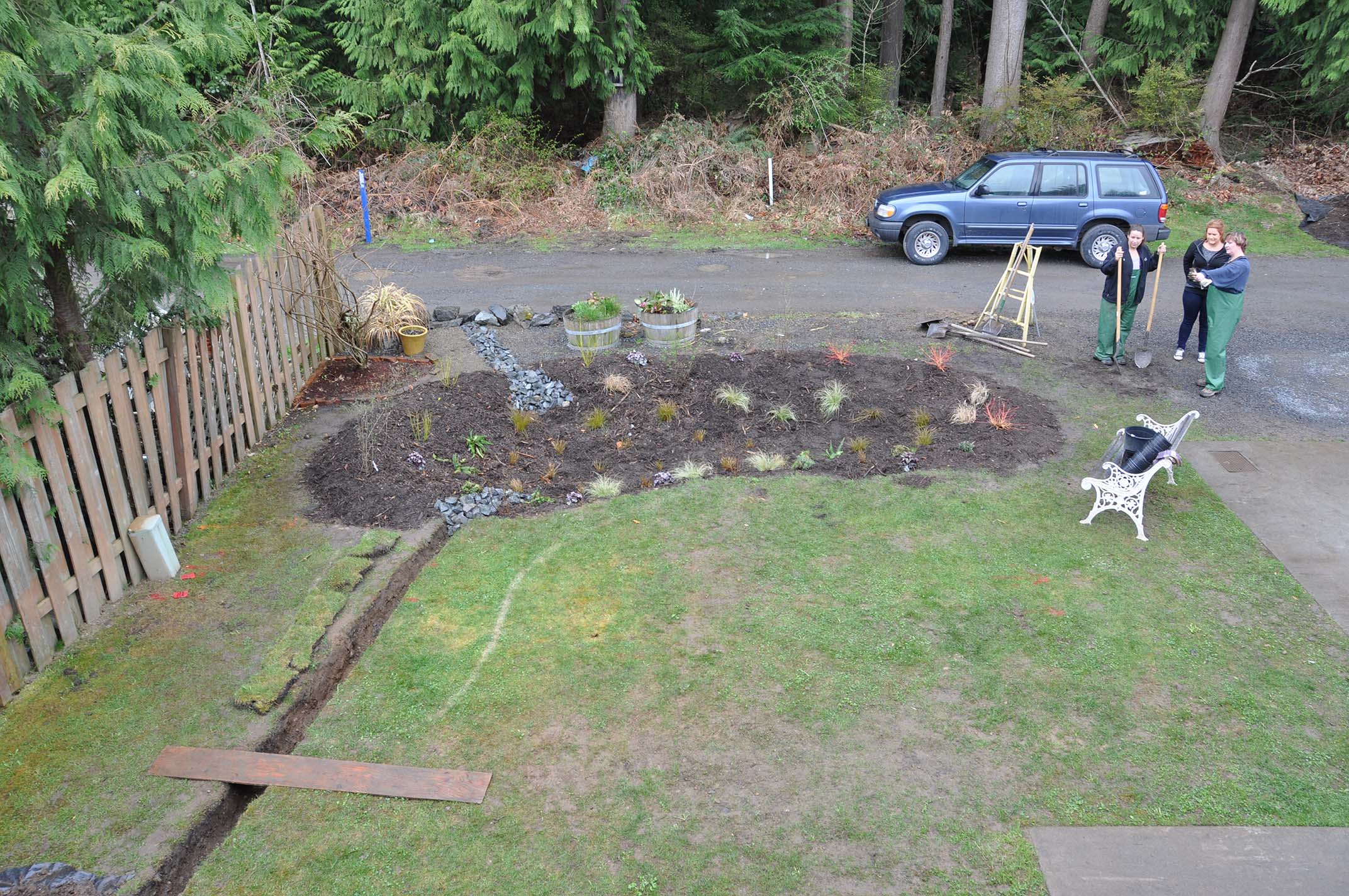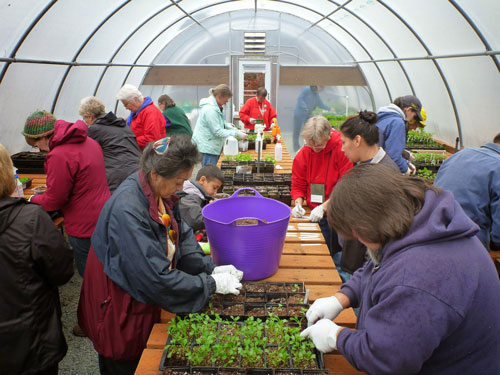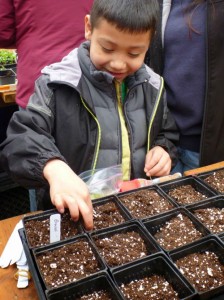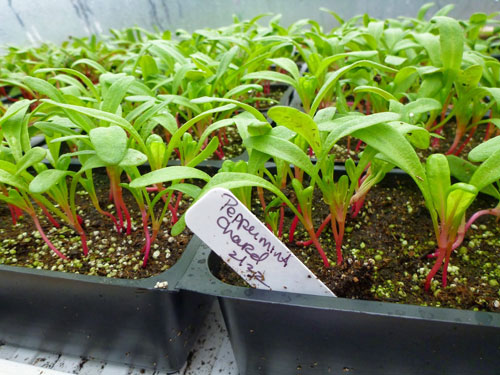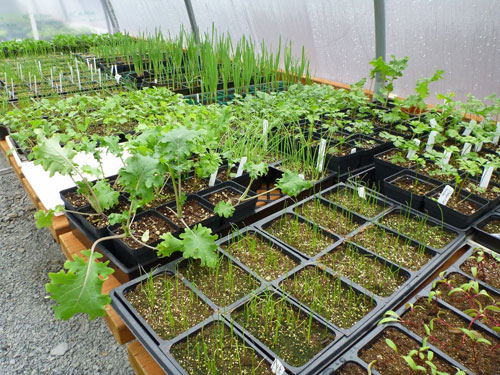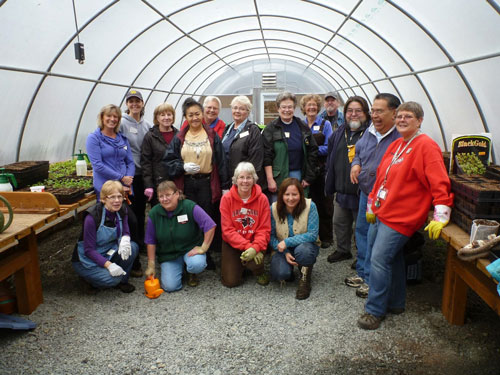It’s no secret that kids who help plant a garden are more likely to want to eat the fruits and vegetables that it produces—and growing a garden is a great way to get your kids interested in trying unfamiliar foods.
RELATED: 5 Easy Steps: How to Start a Community Garden
Whether you’re thinking of spearheading a school garden, you’ve got a plot in the community garden or you’re blessed to have a couple of raised beds in your own back yard, here are five tips for making gardening fun, easy and rewarding for your little ones:
1. Center the Garden on the Kids
Involve the kids in deciding what to plant and where to plant it. Use this as an opportunity to teach them about the balance between sunlight and shade, and even to help them learn to track to the path of the sun. You could even experiment and plant the same kind of plant or seed in three different locations with varying access to sunlight and water. Ask your children to observe the differences in the plants as they grow.
2. Designate a Specific Area for Their Gardening
If you’ve got your own ambitions for gardening it would be wise to designate a special bed or section of a bed specifically for the children to garden. This will keep them from over “helping” you and encourage them to take ownership over their own space. It may be a good idea to buy them their own gardening tools as well. Even simple plastic tools for playing in the sand could work well in a kiddie garden.
3. Make the Garden Interactive
Plant flowers that attract butterflies and hummingbirds and perhaps even encourage a cutting garden so that the kids can touch and smell the flowers. Release ladybugs into the garden and track their life cycle. Take photos of a favorite plant or vegetable once a week to track its growth. My favorite idea? Plant a sunflower house. Simply plant sunflower seeds or starts in a large circle, leaving enough space between two of the sunflowers for children to easily pass through without damaging the flowers. By the end of the summer the sunflowers will have grown up into a large round “house” with a gaping door—a perfectly shaded playhouse for the dog days of summer.
4. Keep it Simple
Your kids are likely to be more interested in the garden if they begin to see results sooner rather than later. Be sure to plant vegetables that grow quickly, like radishes, alongside more tantalizing varieties that will prove to be worth the wait, such as cherry tomatoes or sweet peas. Forgo seeds for starts to speed the “fruits of our labor” process up a bit more and don’t forget to plant herbs, which are ready to eat almost immediately.
5. Don’t Stop at the Garden
Use the garden as a resource and an excuse to get your kids in the kitchen all summer long too. Teach them how to cook and prepare delicious meals with the vegetables and herbs that they grew—even set the dinner table with a bouquet of fresh flowers from the garden as well. Begin to teach them delicious and simple food pairings, like fresh basil with tomato. If they’re old enough challenge them to find a new recipe once a week, whether they scour the web, your cookbooks or their imagination.
Happy Gardening!
Darla Antoine is an enrolled member of the Okanagan Indian Band in British Columbia and grew up in Eastern Washington State. For three years, she worked as a newspaper reporter in the Midwest, reporting on issues relevant to the Native and Hispanic communities, and most recently served as a producer for Native America Calling. In 2011, she moved to Costa Rica, where she currently lives with her husband and their infant son. She lives on an organic and sustainable farm in the “cloud forest”—the highlands of Costa Rica, 9,000 feet above sea level. Due to the high elevation, the conditions for farming and gardening are similar to that of the Pacific Northwest—cold and rainy for most of the year with a short growing season. Antoine has an herb garden, green house, a bee hive, cows, a goat, and two trout ponds stocked with hundreds of rainbow trout.
Read more at http://indiancountrytodaymedianetwork.com/2014/06/23/5-ways-make-gardening-kids-easy-and-educational-155354

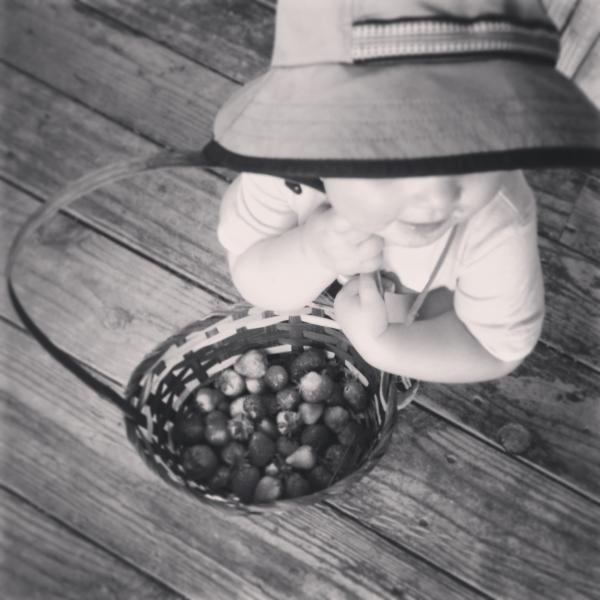

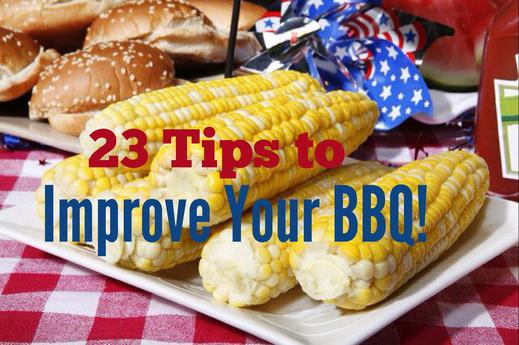

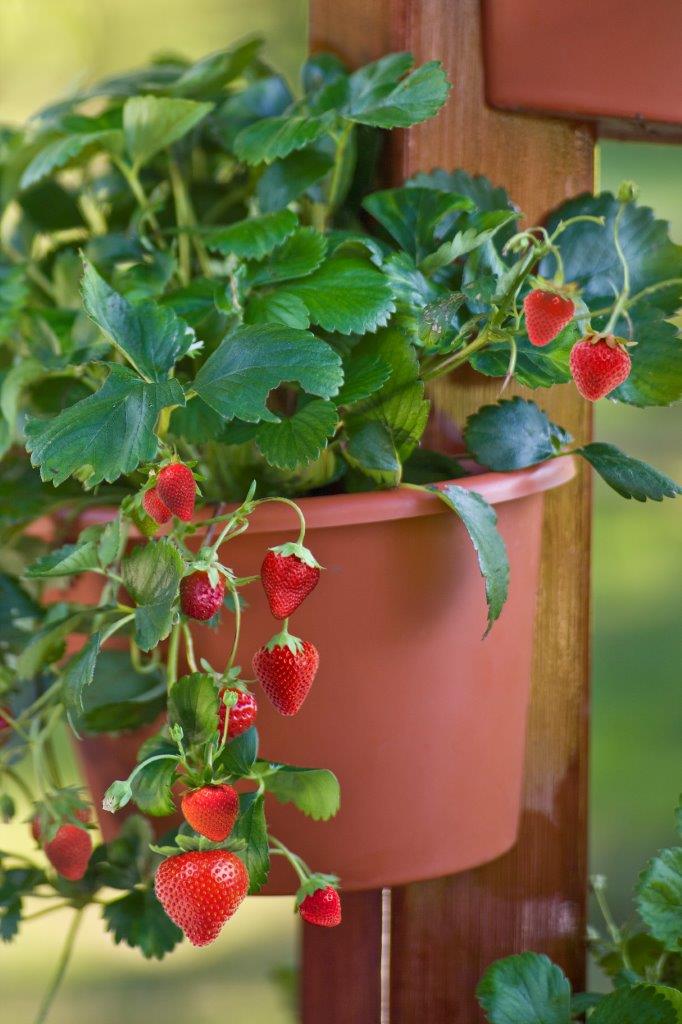

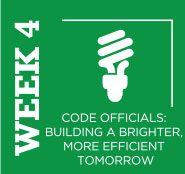 By Monica Brow, Tulalip News Writer
By Monica Brow, Tulalip News Writer 
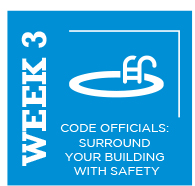 By Monica Brown, Tulalip News Writer
By Monica Brown, Tulalip News Writer
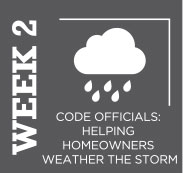

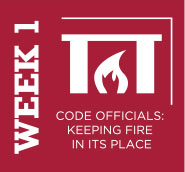 By Monica Brown, Tulalip News Writer
By Monica Brown, Tulalip News Writer
